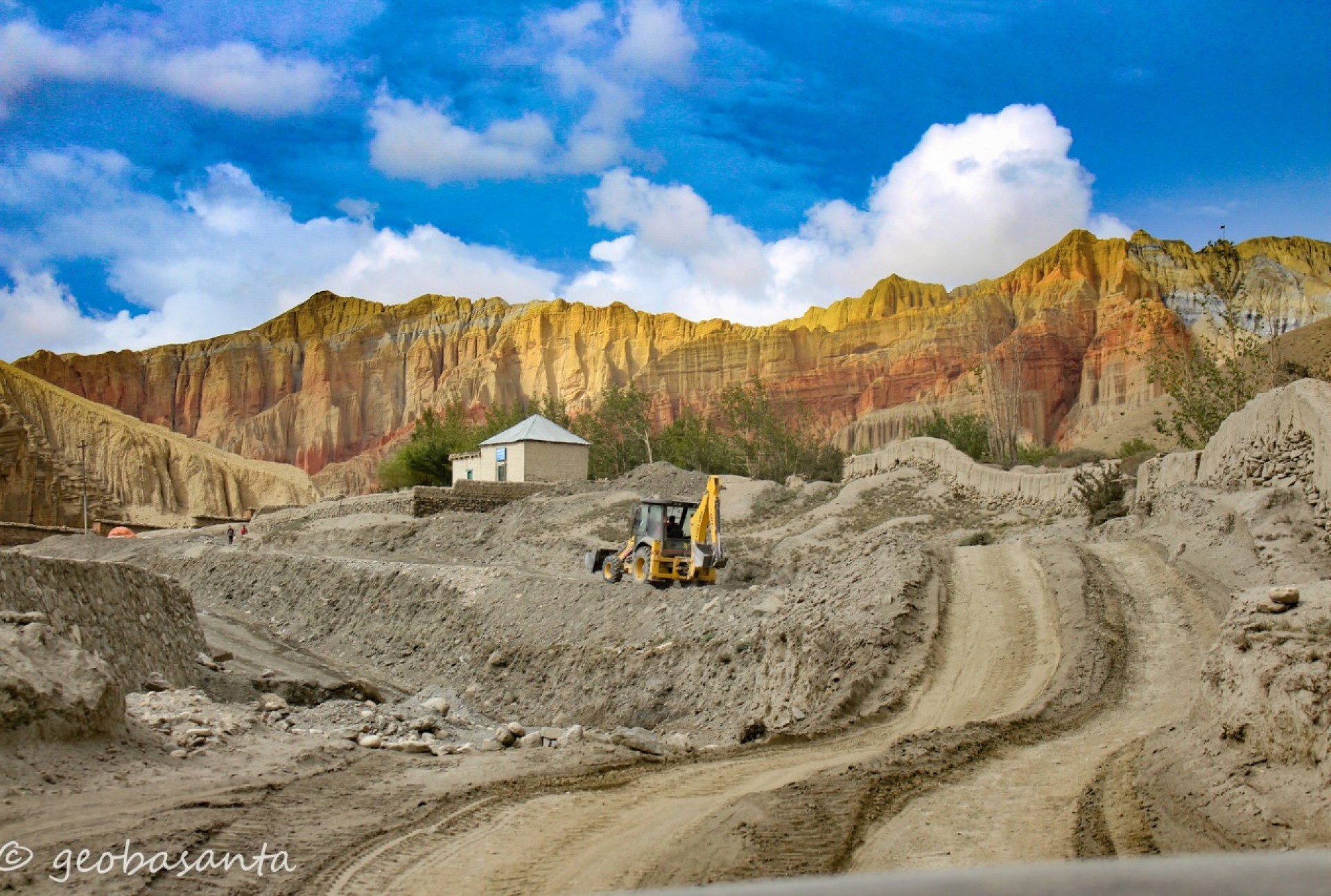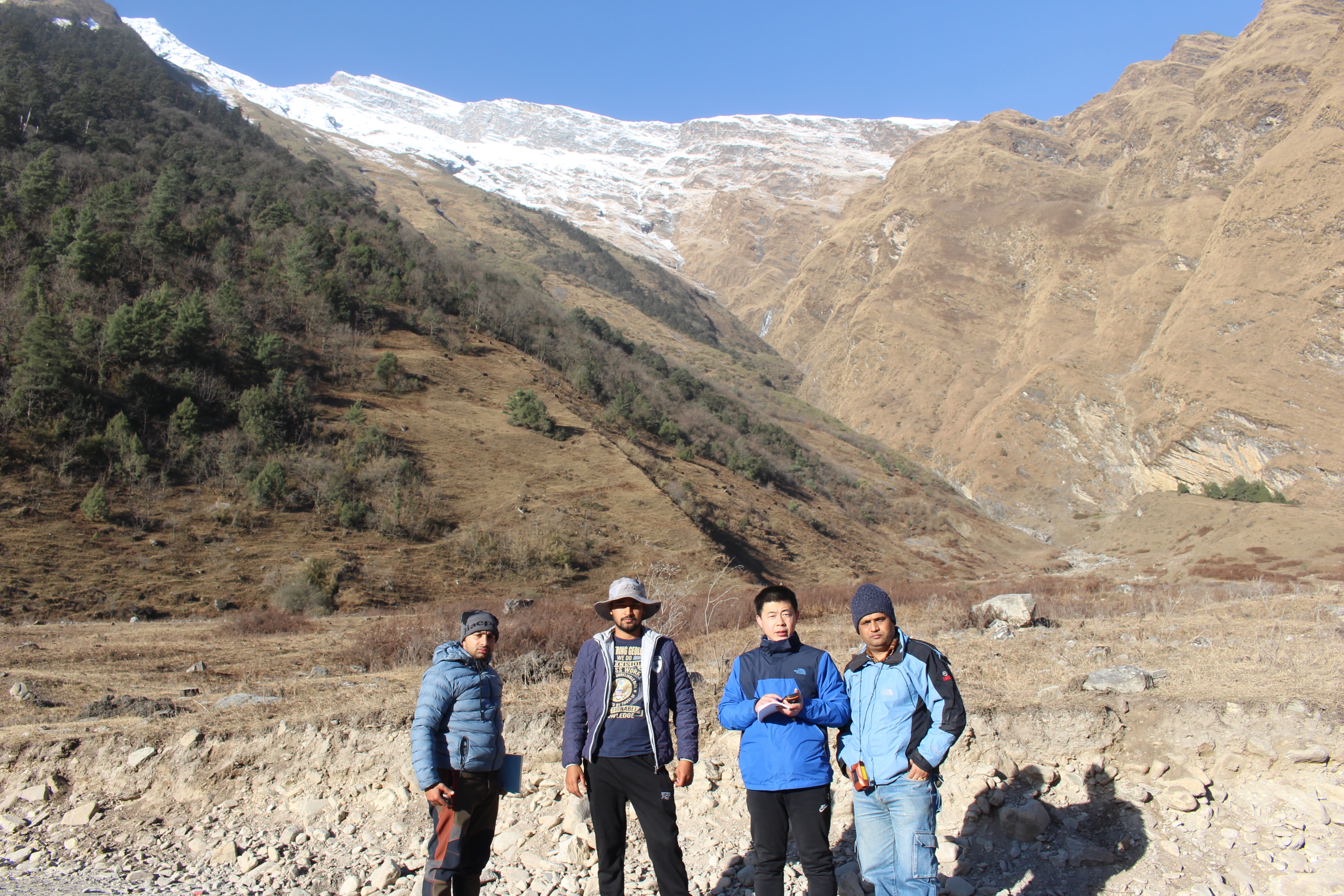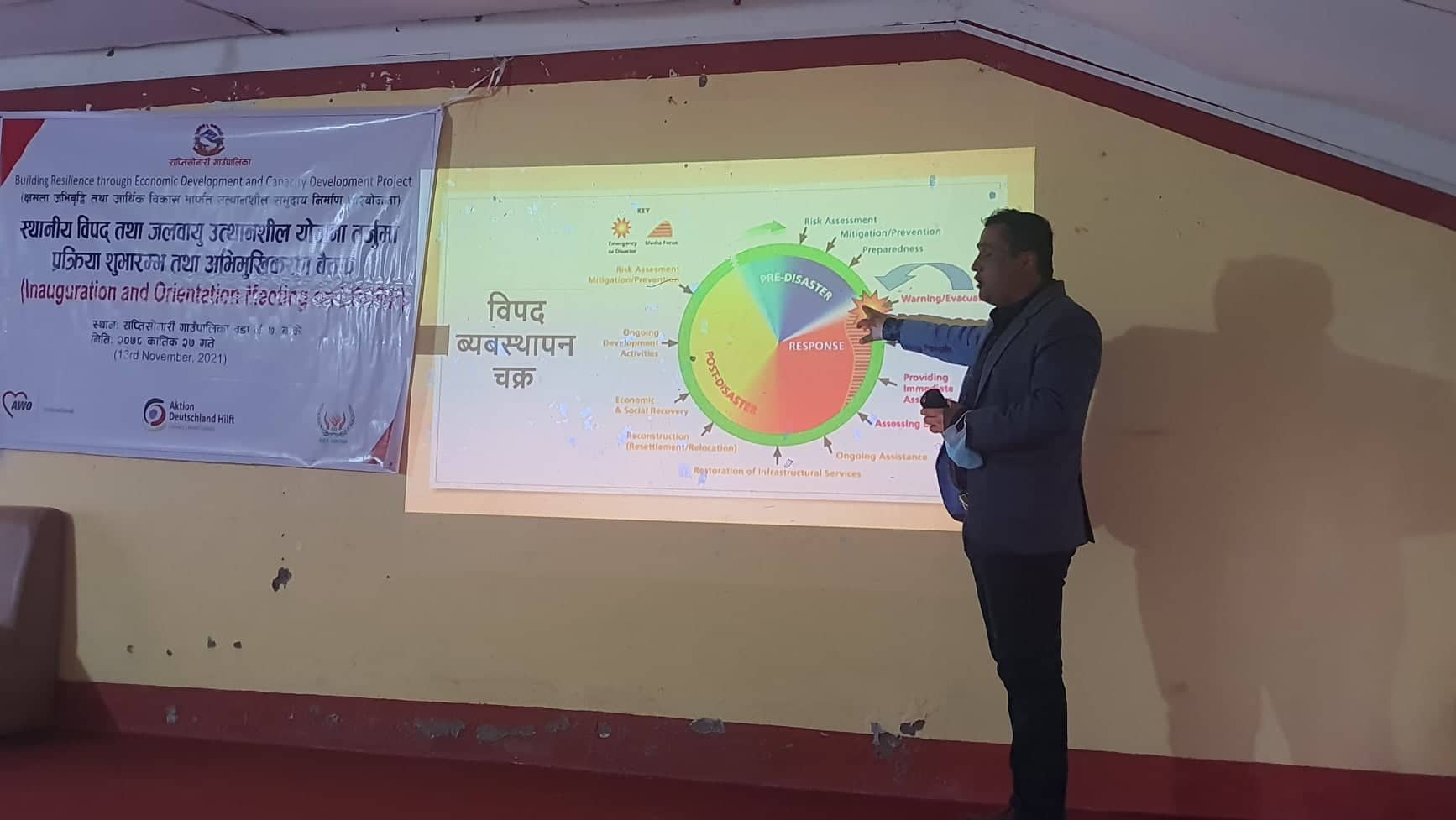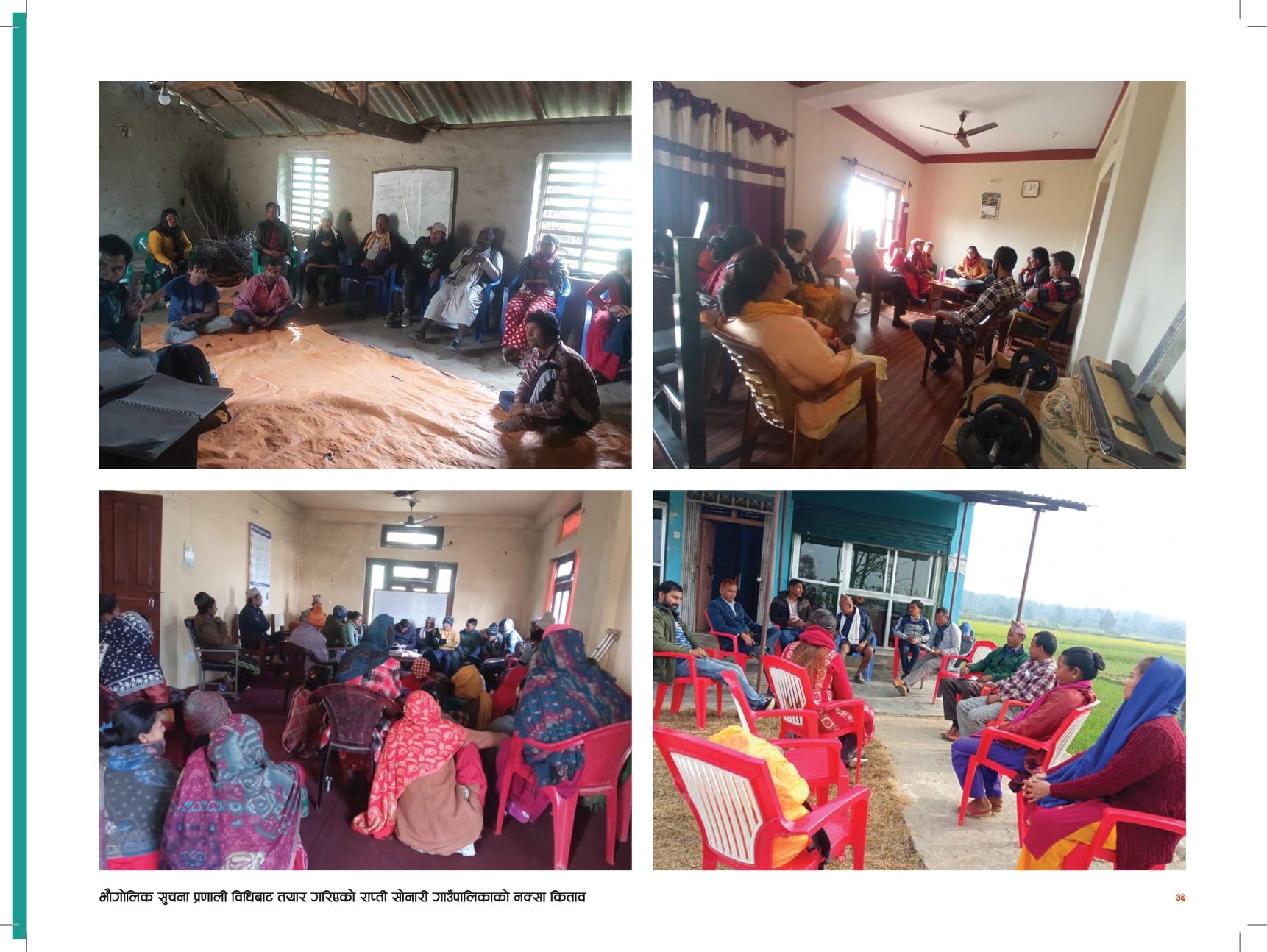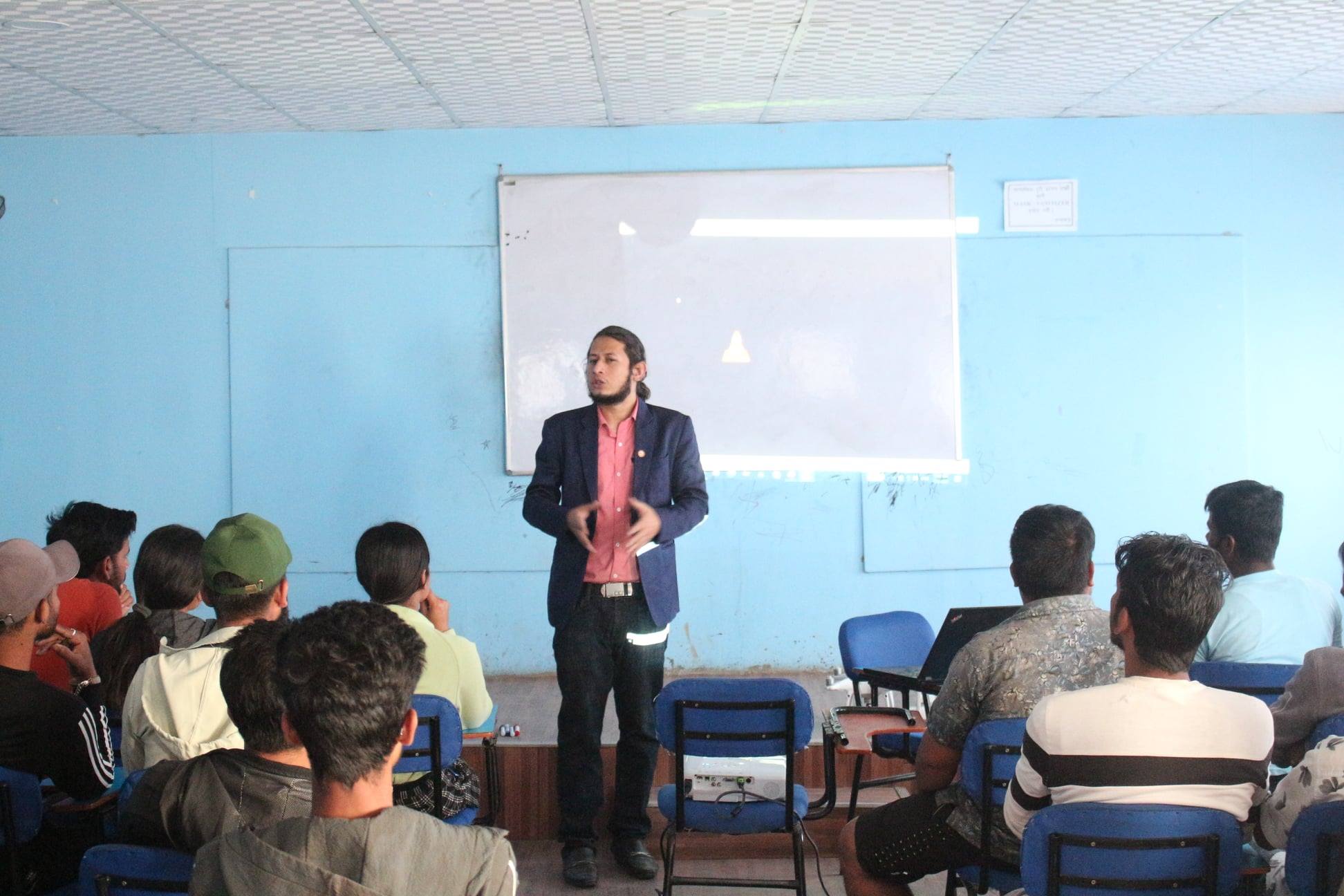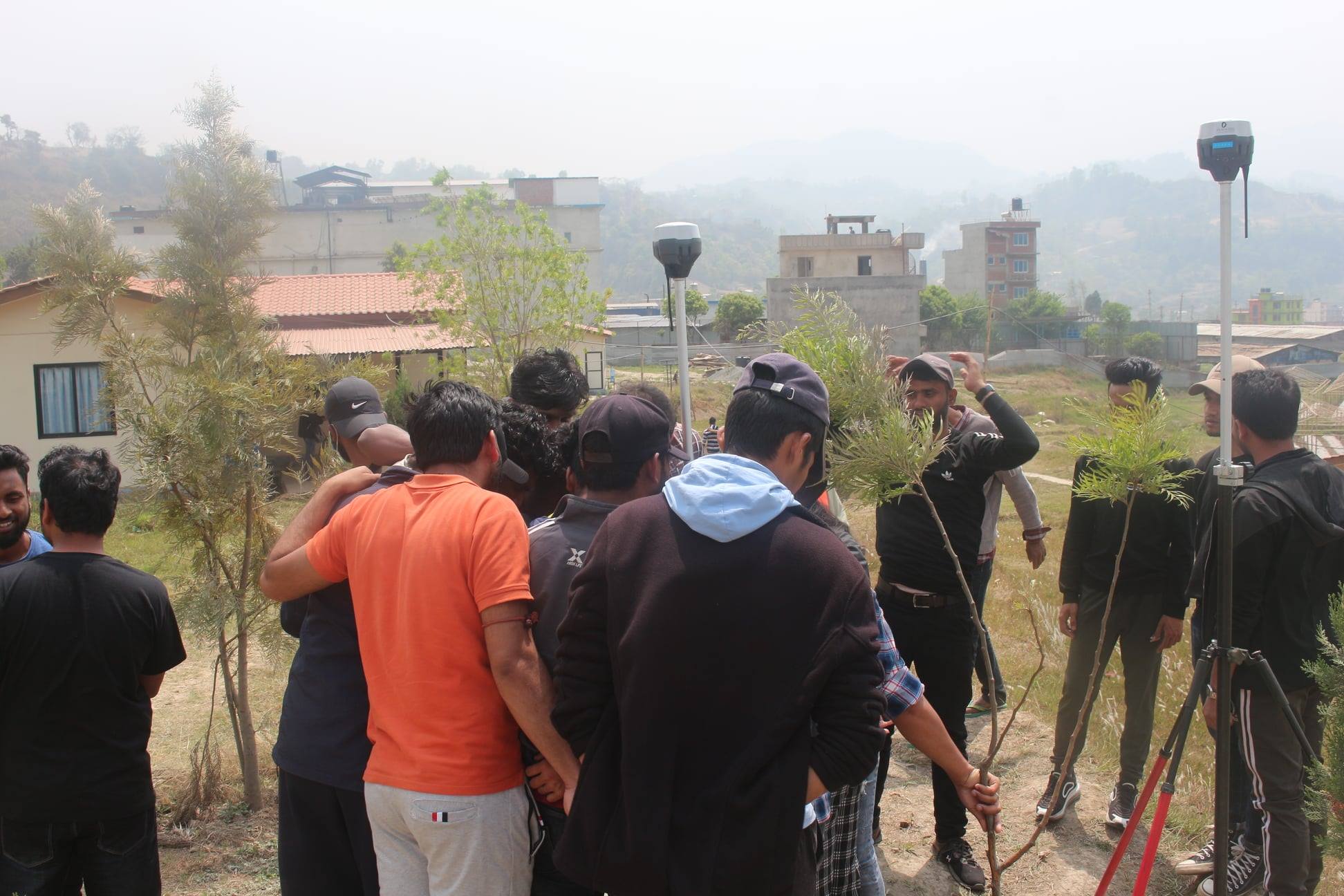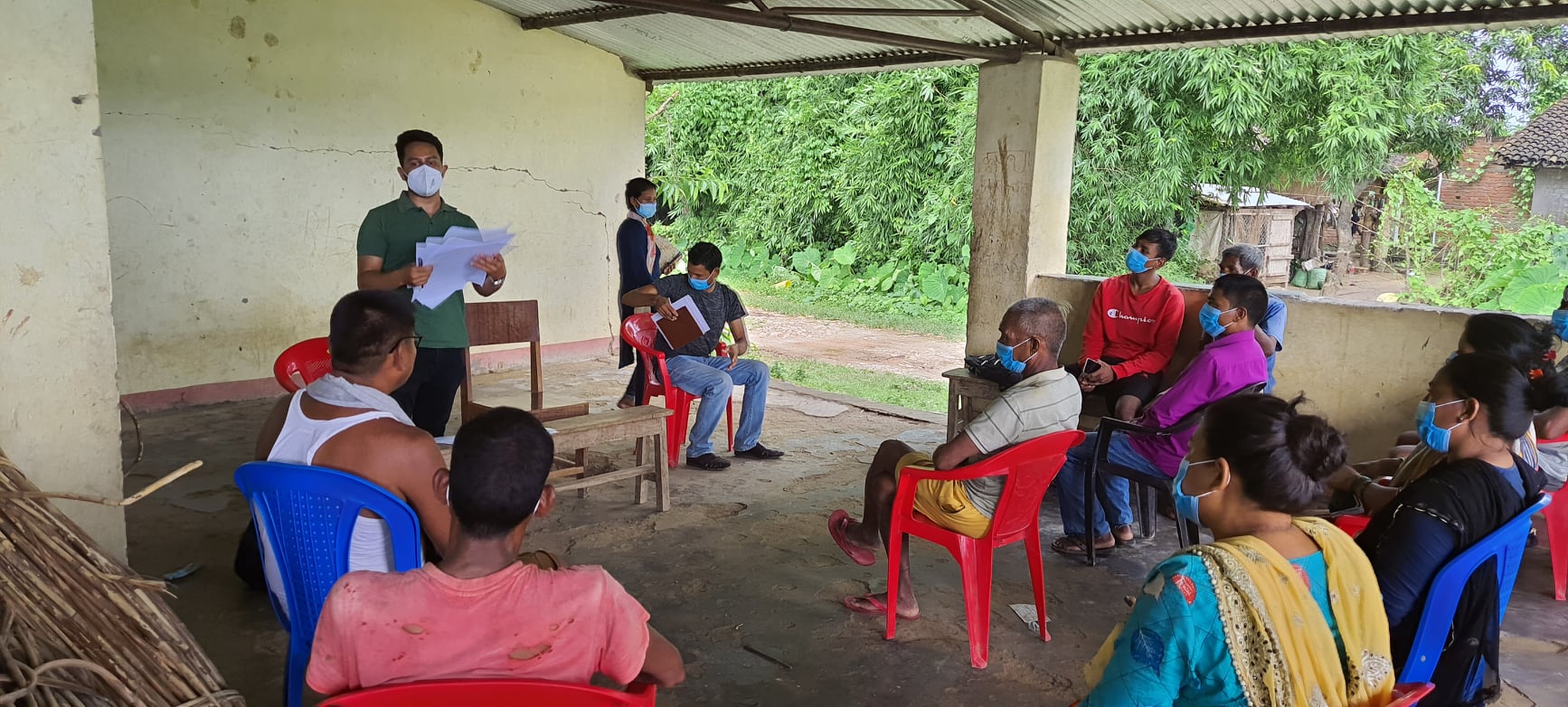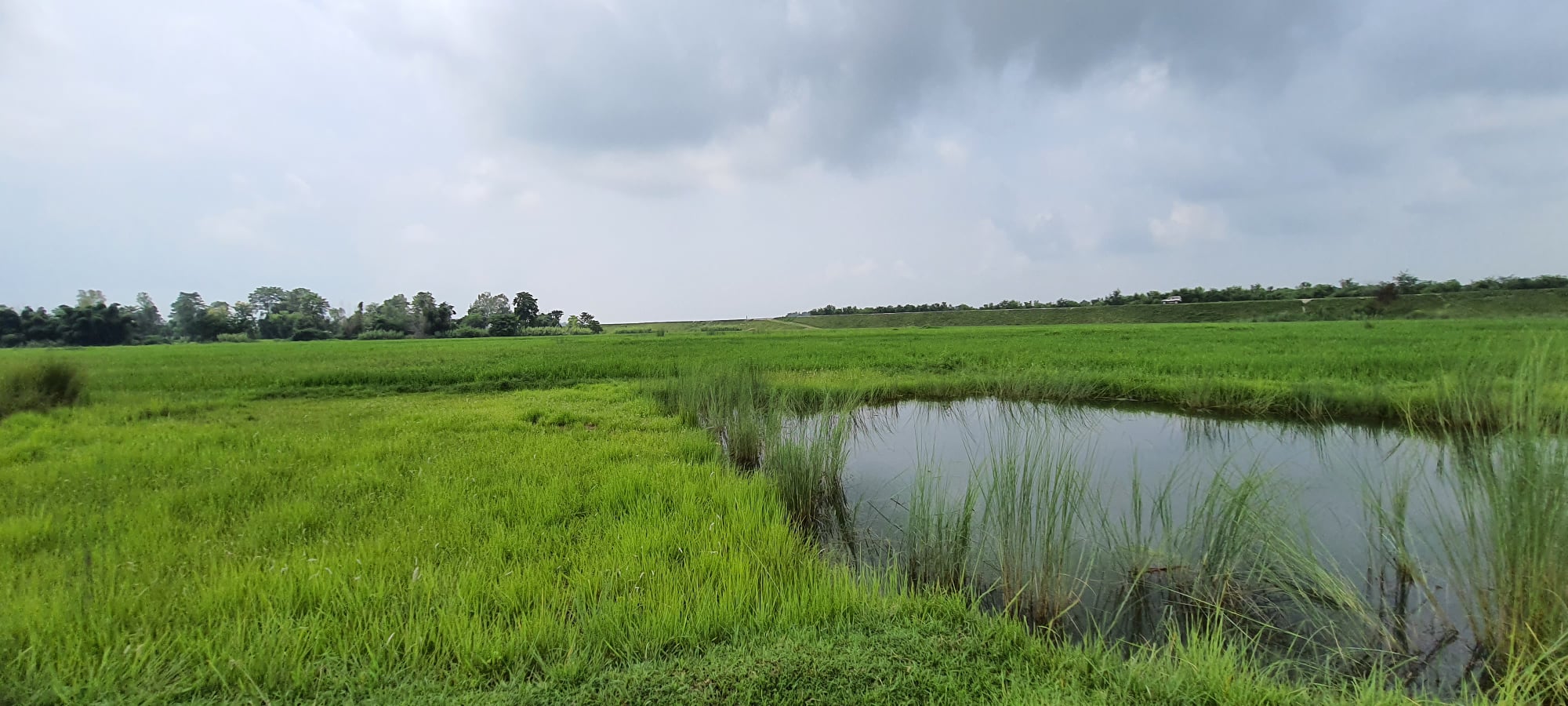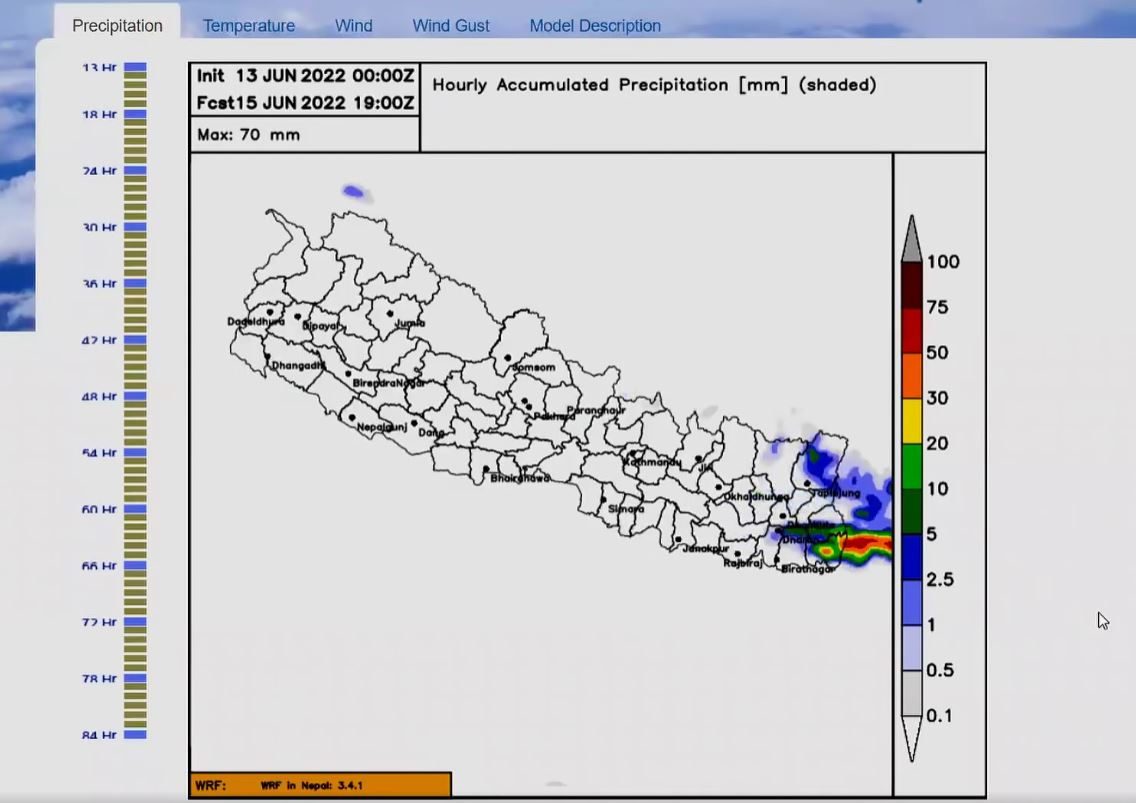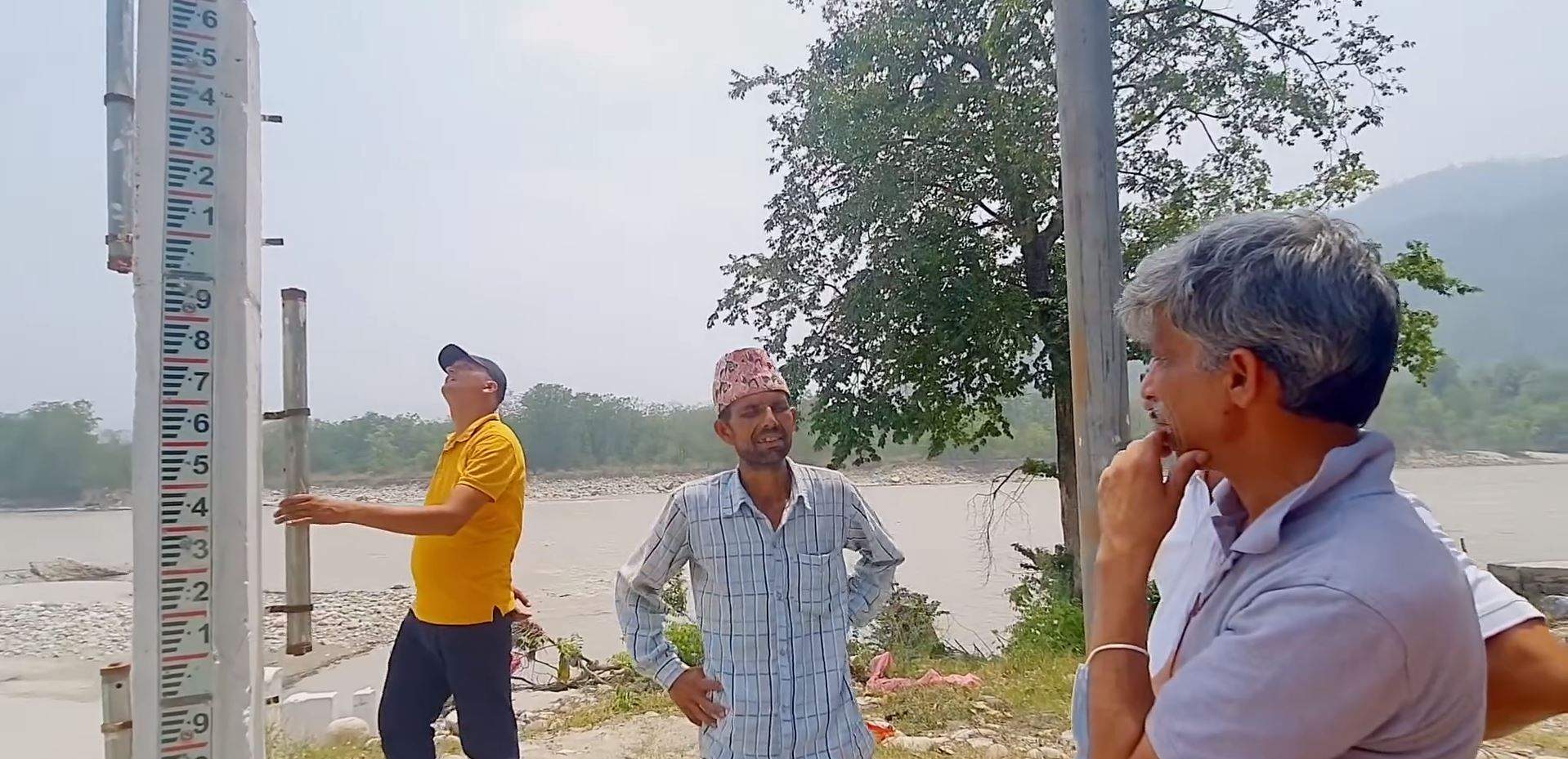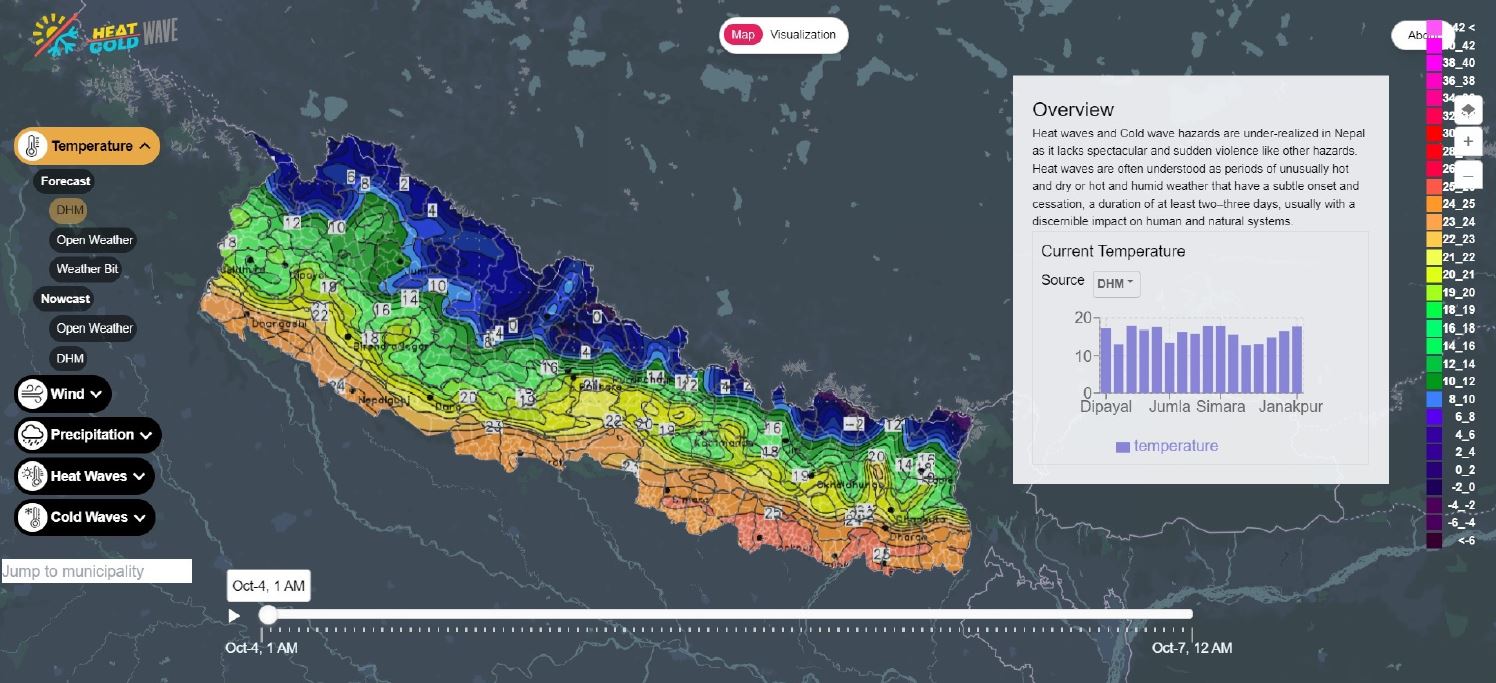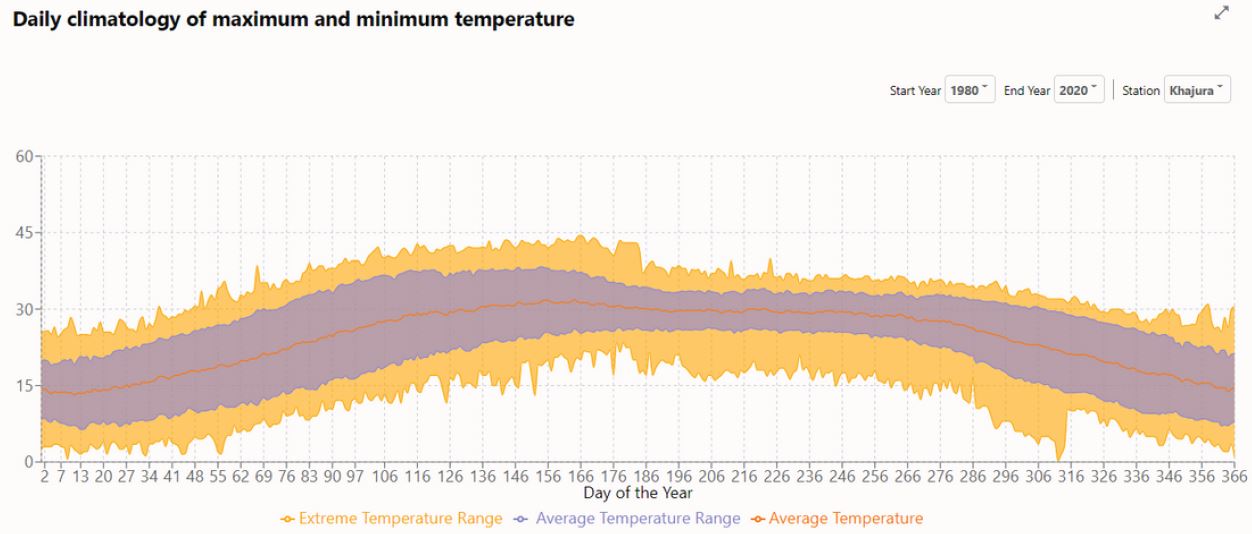Local Disaster and Climate Resilience Plan
Collection and review of available information on different hazards and disaster risk including disaster preparedness and response for the preparation of risk profiles. Collection of Local disaster and climate-resilient information and conducting VCA with the use of spatial and attribute references. Workshops, Key Informant Interviews, and focus group discussions during the process of developing the LDCRP. Prepare comprehensive GIS maps and develop municipal geodatabases. Prepare and deliver high-quality LDCRP documents and submit the summary report, factsheets, and PowerPoint presentation.
